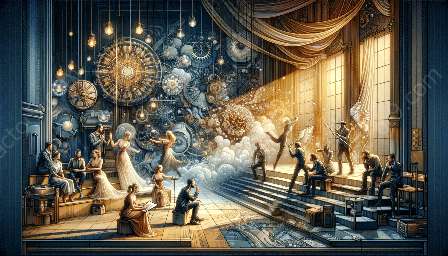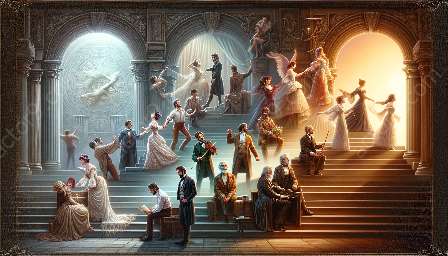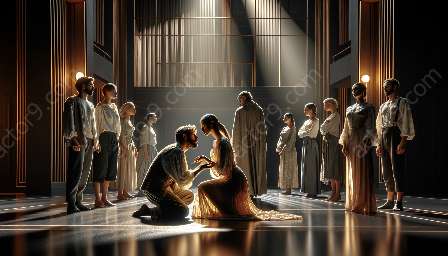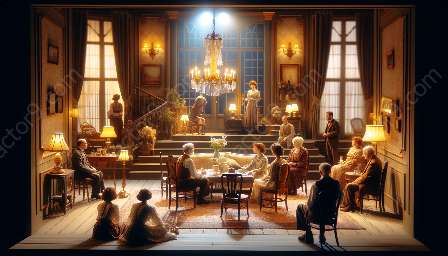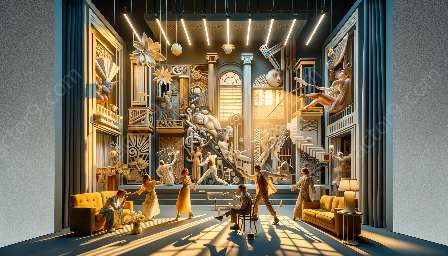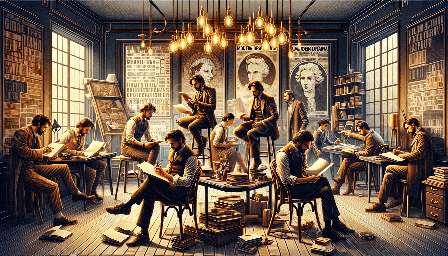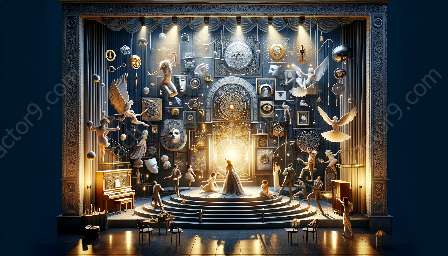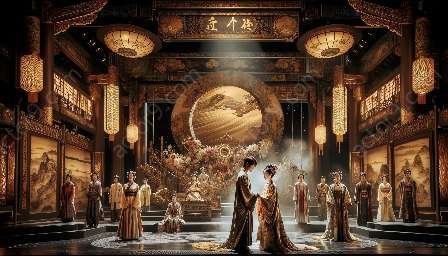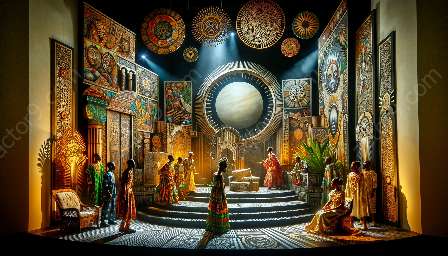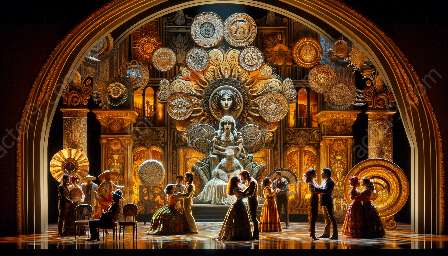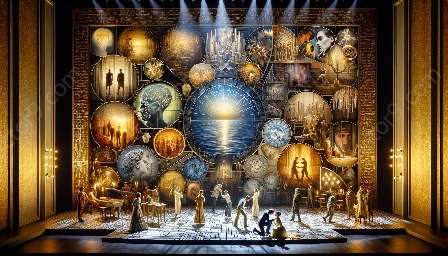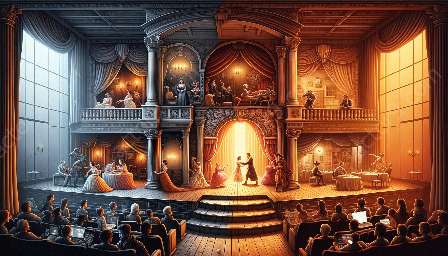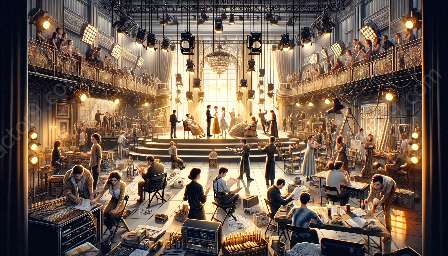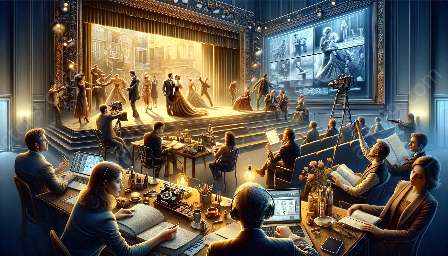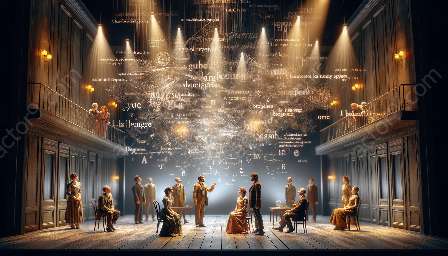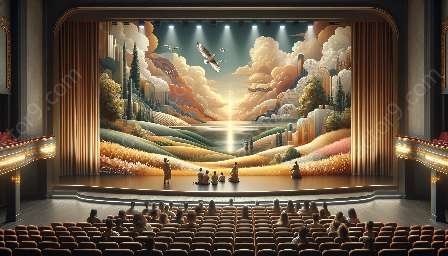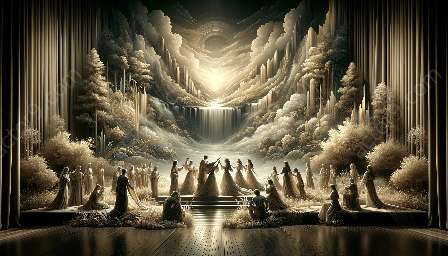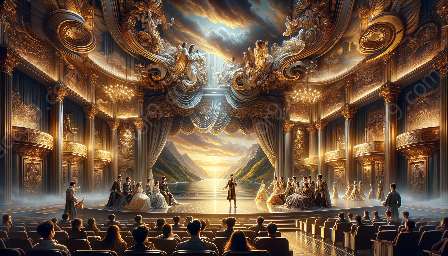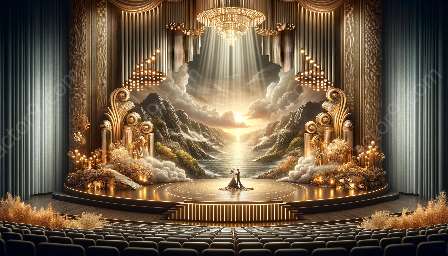Contemporary Asian theater education is a rich and diverse field that reflects the unique cultural, social, and historical context of the region. It encompasses a wide range of practices, pedagogies, and traditions that contribute to the development of modern drama in Asia and around the world. In this topic cluster, we will delve into the evolution of contemporary Asian theater education, its alignment with Asian modern drama, and its impact on global modern theater.
Historical Background
Asian theater has a rich history dating back thousands of years, with distinct forms such as Chinese Opera, Japanese Noh, and Indian Sanskrit dramas. As modern influences began to shape the cultural landscape of Asia, traditional theater forms evolved to incorporate contemporary elements, giving rise to modern Asian drama. This evolution paved the way for the development of contemporary Asian theater education, which draws from both traditional and modern practices.
Contemporary Asian Theater Education
Contemporary Asian theater education encompasses a wide range of approaches, including traditional training methods, interdisciplinary studies, and innovative pedagogies. It aims to cultivate a new generation of theater practitioners who are well-versed in both the rich cultural heritage of Asia and the global trends in modern drama. The curriculum often incorporates diverse theatrical traditions, such as Chinese, Japanese, Korean, and Southeast Asian theater, providing students with a comprehensive understanding of the region's dramatic arts.
Key Elements of Contemporary Asian Theater Education
- Interdisciplinary Approach: Many contemporary Asian theater education programs emphasize an interdisciplinary approach, integrating various artistic disciplines such as music, dance, and visual arts to enrich students' theatrical experiences.
- Cultural Context: Understanding the cultural and historical context of Asian theater is a fundamental aspect of contemporary Asian theater education. Students are encouraged to explore the social, political, and philosophical dimensions of traditional and modern Asian drama.
- Global Perspective: While rooted in Asian theater traditions, contemporary Asian theater education also embraces a global perspective, encouraging students to engage with diverse theatrical practices from around the world.
Alignment with Asian Modern Drama
Contemporary Asian theater education plays a pivotal role in shaping and nurturing the evolution of Asian modern drama. By integrating traditional and contemporary training methods, students are equipped to explore innovative and experimental approaches to theater-making while staying connected to their cultural heritage. This alignment with Asian modern drama reflects the dynamism and adaptability of contemporary Asian theater education in responding to the changing landscape of theater.
Impact on Global Modern Theater
The influence of contemporary Asian theater education extends beyond the boundaries of Asia, contributing to the global landscape of modern theater. As students trained in contemporary Asian theater education programs carry their knowledge and skills to international stages, they bring with them a deep understanding of Asian dramatic arts, enriching the global theatrical discourse and fostering cross-cultural exchanges.
Conclusion
Contemporary Asian theater education is a vibrant and evolving field that not only preserves the traditions of Asian theater but also catalyzes the development of modern drama in the region and beyond. Its intersection with Asian modern drama reflects an exciting convergence of tradition and innovation, shaping the future of theater in the contemporary world.


